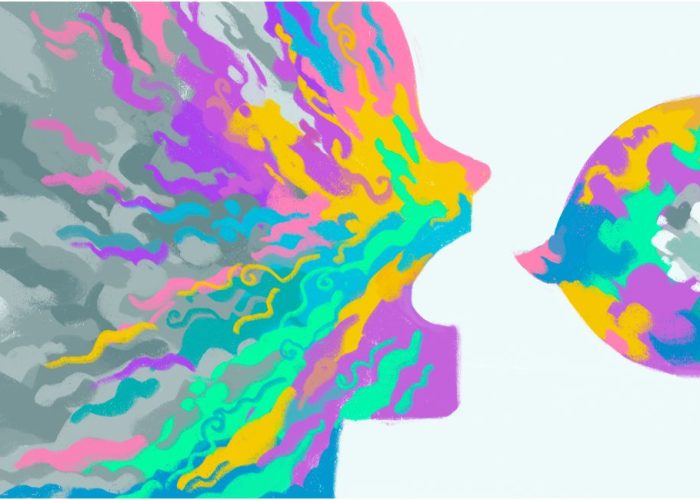New research published in NeuroImage delves into the fascinating connection between our brain activity and the natural behavior of people we are close to. The study reveals that our brains can sync up with those of familiar individuals, shedding light on the intricate relationship between social behavior and neural processes.
Effective social interaction hinges on our ability to communicate with others and continuously grasp their inner thoughts and actions. The study aimed to explore a phenomenon known as interpersonal neural synchrony (INS), which refers to the alignment of brain activities when people interact with each other.
While previous research hinted at INS as a predictor of social interaction success, most studies focused on structured social tasks and struggled to uncover the origins or triggers of INS.
The authors of this study, Giacomo Novembre and Atesh Koul, proposed a different approach. They considered social interaction as a collaborative experience but noted that neuroscience typically scrutinizes individuals rather than groups. INS, they believed, is a biological measure that captures how multiple brains cooperate during social interactions and might hold untapped potential.
To investigate this, the researchers enlisted 23 pairs of participants who were familiar with each other. They devised an experiment where participants engaged spontaneously, without any specific task or instruction, simply by looking at each other. Four different conditions were established for interaction: close proximity with visual contact, distant with visual contact, close proximity without visual contact, and distant without visual contact. Two control conditions were also introduced: holding hands and being in separate rooms.
During these interactions, the researchers employed electroencephalography (EEG) to monitor brain activities and used eye-tracking and video analysis to record behaviors such as eye contact, body movements, and smiling.
The results revealed that even in the absence of structured tasks, INS naturally emerged when participants had visual contact with each other. This INS activity exhibited distinctive patterns, including frontal alpha, right-posterior beta, and occipital-parietal gamma EEG activity. Importantly, this pattern couldn’t be attributed solely to similar individual neural activities, suggesting that it arose specifically from the interaction between the pairs.
The researchers observed a fascinating interplay between behaviors and brain synchrony, with behaviors like eye contact, body movement, and smiling being mirrored between individuals and playing a significant role in predicting and triggering INS.
Remarkably, the study found that social behaviors had a more substantial impact on brain synchrony than the reverse. In other words, when people interact, their joint behaviors, such as making eye contact or smiling, can induce their brains to synchronize, rather than the neural synchronization driving their behaviors.
This suggests that merely sharing the same environment and having visual contact with each other can lead to synchronized behavior and brain activity. In essence, INS could be considered a fundamental aspect of social interaction, arising spontaneously without the need for specific tasks or instructions.
However, it remains uncertain whether similar findings would apply to interactions between unfamiliar individuals, as the study focused on pairs who were already acquainted. The researchers highlighted the complexities of studying dyads and how observing them can unveil emergent phenomena that might not be apparent when studying individuals in isolation.
In summary, this research underscores the intriguing relationship between our brain activity and social behavior, revealing that INS can naturally occur when familiar individuals engage with each other, even in the absence of structured tasks. The study invites further exploration into the dynamics of social interaction and the role of neural synchrony.
Read more at:


